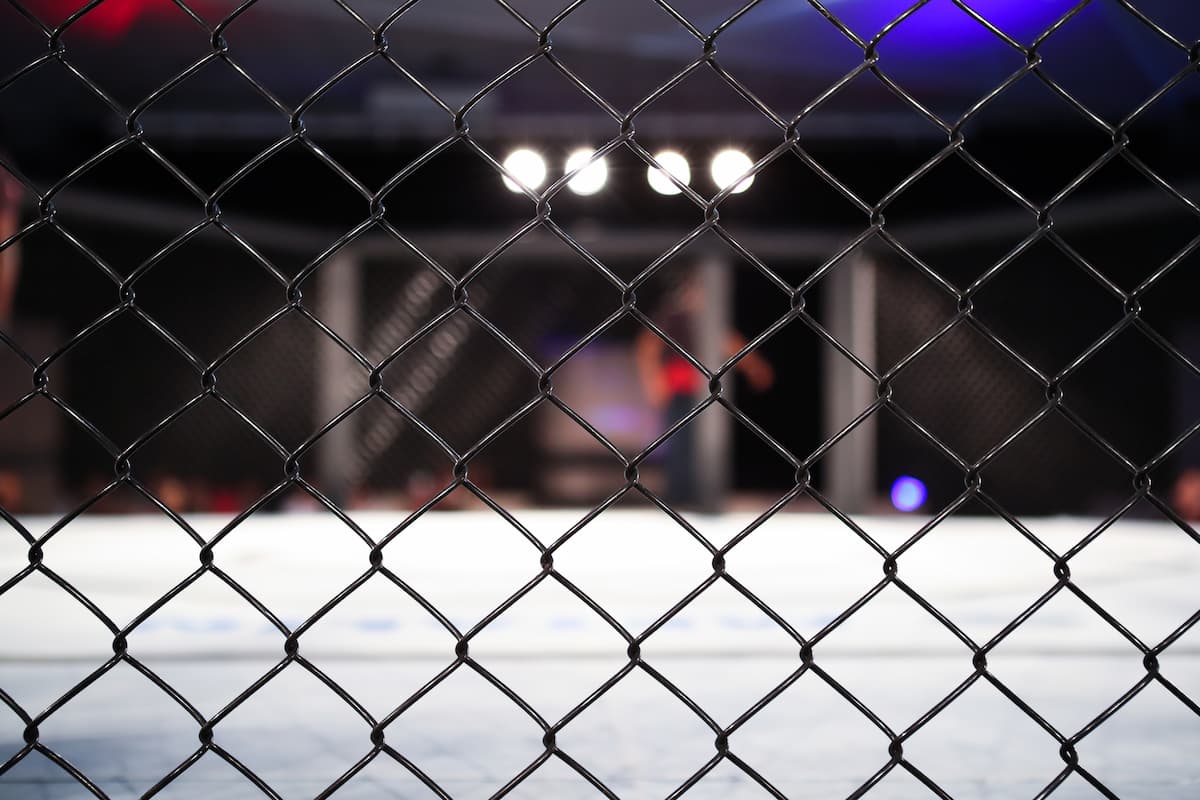
In an attempt to combat stagnant prize money, Craig Jones launched an event in direct competition with the giant of grappling.
Who are they?
The Abu Dhabi Combat Club (ADCC) is a submission grappling tournament. It is the brainchild of Sheik Tahnoon Bin Zayed Al Nahyan, the son of Sheik Zayed, the former leader of the United Arab Emirates. Since the first competition was held in 1998, the organisation has grown to become grappling’s dominant force.
CGI, meanwhile, was only announced in May by Jones, a double ADCC silver medallist and one of the sport’s most prominent figures. The event emerged as a protest against the ADCC prize money of $10,000, which has remained the same since 2017, with athletes who do not make it to the second round walking away empty-handed.
The Australian has argued it is inadequate given the rising number of fans and investment in stadiums to host events, which includes relocating the T-Mobile arena at a reported cost of $2m.
The build-up
The tournament comprised two men’s divisions, over and under 80kg, with two ‘super-fights’, which pitted well-known UFC fighter Mackenzie Dern and the Welsh grappler Ffion Davies in the first.
Jones surprised the MMA community when he announced inter-gender combat as the second super-fight, which would see Gabi Garcia, a decorated grappler and legendary figure in the sport, versus Jones himself, billed as the main event.
The run-up saw Jones attempt to generate attention for the competition by goading his competitor. This included the decision to hold the event in the arena the ADCC had moved away from and on the same weekend, leaving little doubt as to what the grappler’s intentions were.
The biggest news, however, was the prize money on offer. The winner of each competition walked away with $1 million, over a hundred times the winner’s prize money competing in the ADCC. Jones announced that athletes were to earn $10,001 just to compete.
Questions immediately emerged about how the event would be funded given that it would be streaming for free (the ADCC streamed their event behind a paywall of Flo Grappling), and any money earned would go to charity. Jones subsequently revealed that a friend, who wished to remain anonymous, had donated $3m to fund the weekend.
The event
Building on his desire to make the event just as much of a spectacle as a grappling competition, the 33-year-old engaged in antics that would not go amiss in the WWE.
Just as noticeable were those attending the event. Lining the sidelines with celebrities is a marketing strategy often seen in boxing and the UFC, as big names bring allure to the events.
Both organisations worked hard to capture the attention of viewers. The ADCC invited one of MMA’s biggest names, Jon Jones, while Aljamain Sterling, Demetrious Johnson, and Urijah Faber were the CGI’s guests. It has not been confirmed if these guests were paid for attending.
With all the noise around the respective events, it seemed the background would take centre stage, but the CGI competitors delivered a show worthy of attention.
Nicky Rod lived up to his billing as favourite, bulldozing the competition en route to a final against Fellipe Andrew. Light work was made of Andrew as Rod, a two-time ADCC silver medallist, used a rear-naked choke to end the fight in just over a minute and a half.
In the under 80kg bracket, brothers Kade and Tye looked to take home the astronomical fee. Kade made it farthest, beating Lucas Barbosa via decision.
Meanwhile, Mackenzie Dern could do nothing to prevent Ffion Davies from controlling the fight before being forced to tap by an armbar. Jones submitted Garcia with a rear-naked choke in the most anticipated night fight after spending much of the contest looking for a heel hook.
The future
Speaking on the Lex Fridman podcast, Jones outlined the anonymous backer’s motives as ‘trolling’ and’ contributing to the sport of jiu-jitsu.’
What remains to be seen is whether a sport with finances that are not remotely near what the UFC offers can continue to hold events with such a hefty purse. Almost certainly running at a deficit, there are questions about how long CGI will be able to count on the anonymous donor for support.
Given the current structure, there is a chance that the event could be no more than a flash in the pan. More cynically, it is an opportunity to agitate the hand that feeds into allowing a bit more to trickle down to the talent. However, for the ADCC, a new competitor with the ability to prize away athletes and viewers could force the sport’s leading organisation to accelerate positive changes.
It seems that either way, both the athletes and fans win. Grapplers look set to benefit from incentives to see them compete in either competition. Viewers, meanwhile, can continue to enjoy high-level fighting and the choice between two varied approaches to holding events.
Ultimately, the aim remains to draw in and capitalise on new viewers. The CGI’s use of rounds and a wall on the extremities of the mat are just two of the ways the event has responded to criticism that the format used by the ADCC features too many stoppages and is not dynamic enough.
Competition is the enemy of stagnation, and only time will tell if Craig Jones’ new enterprise has the momentum to force real change in the sport.
